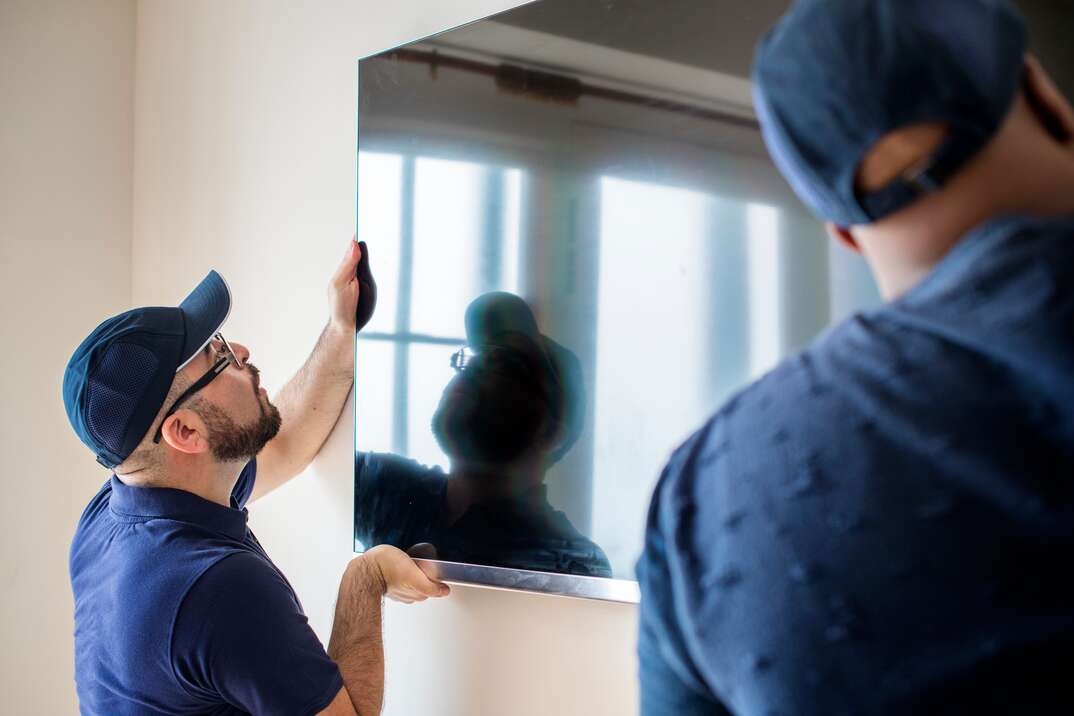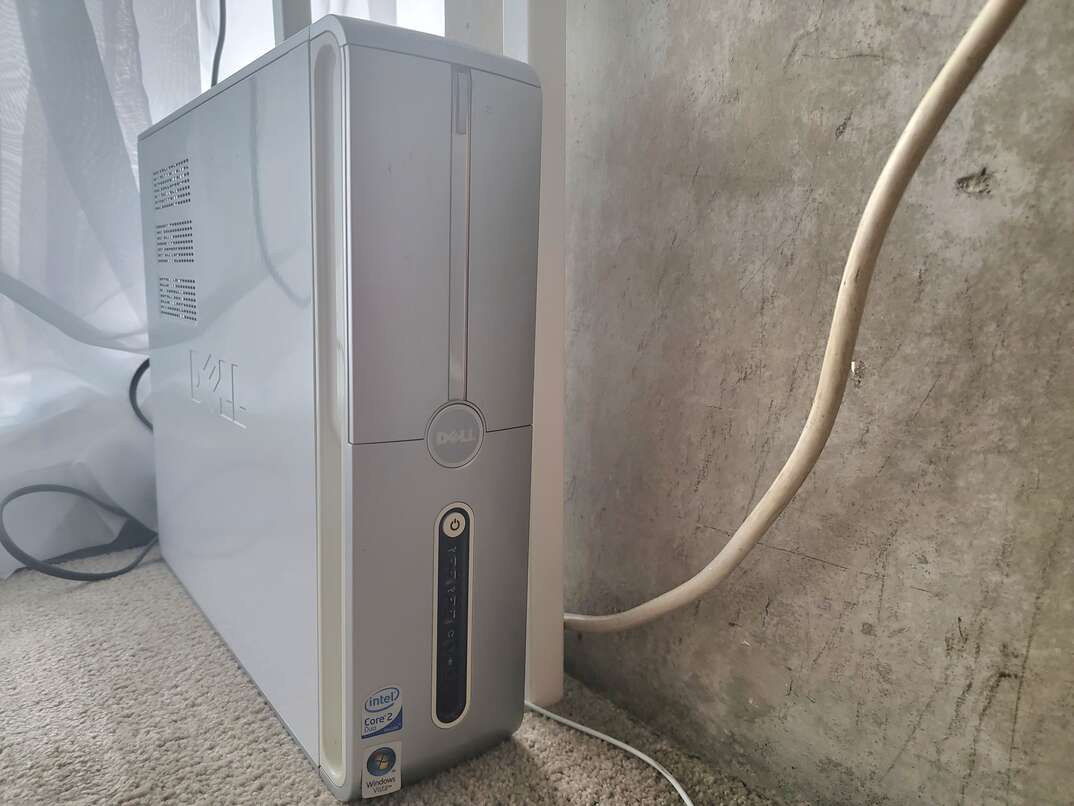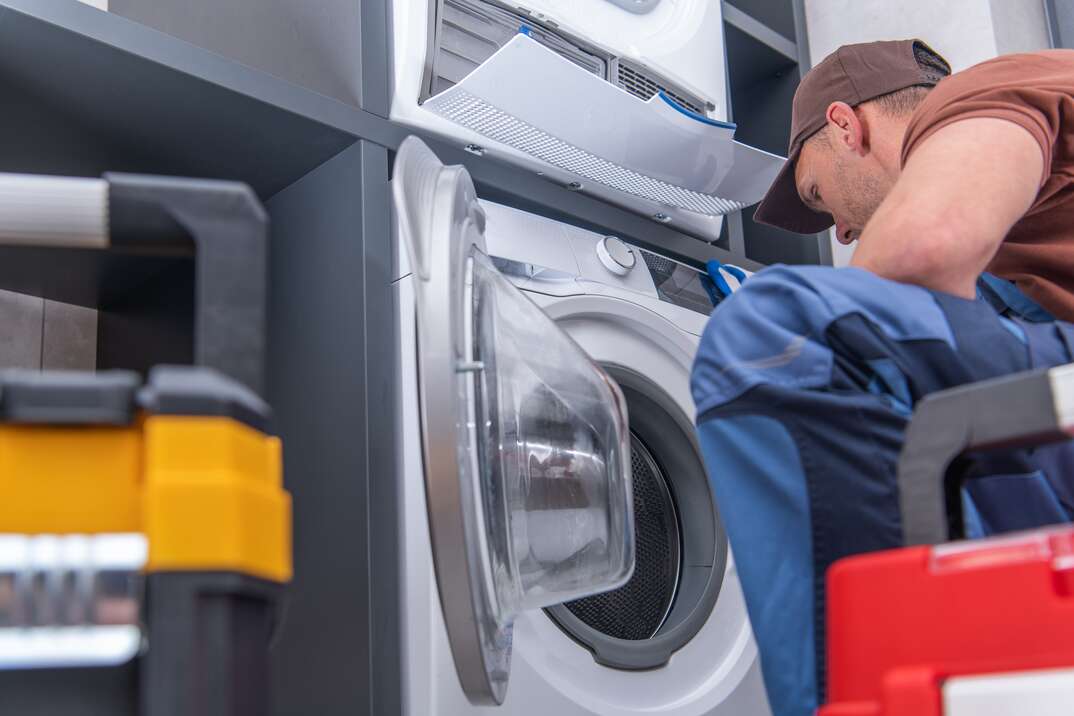Watch What You're Doing! How to Move Your Flatscreen TV Damage-Free

Moving Your Flatscreen TV at a Glance
- Tools & Materials: Bubble wrap or foam cover, packing tape, box, screwdriver, padding, pen, knife or scissors, masking tape, corner protectors, stretch wrap
- Step 1: Protect screen
- Step 2: Place in box
- Step 3: Pack for transport
- Step 4: Unpack
Flatscreen TVs are among the most prized and expensive pieces of electronics in the modern household. Unfortunately, they’re also quite fragile, meaning they’re prone to damage when they’re being moved. To prevent this from happening to your precious TV during your next move, you'll need to properly pack it so that it arrives at your new home unscathed.
This May Also Interest You: How to Mount a Flatscreen TV to a Wall
Read on to learn how to pack a TV for moving, load it into your moving vehicle and unpack it.
Tools and Materials
- Bubble wrap or foam TV cover
- Packing tape
- Moving box
- Screwdriver kit
- Padding material: Moving blankets, bed blankets, towels
- Pen or marker
- Utility knife or scissors
- Optional: Masking tape, foam corner protectors, stretch wrap
How Do I Prepare My TV for Moving?
The first step is to remove all the cords and cables plugged into your TV, like for your home theater system and cable inputs. To help you remember where everything goes, consider taking a photo of the cables before you remove them and while they’re still in their rightful places. You can also label the placement locations of each cord with masking tape and a pen before you remove them. Once removed, it’s best to store all the cords in a separate box or bag. Pack them as neatly as possible to avoid a tangled mess later on.
Next, remove the TV from its base or wall mount. Refer to your user’s manual for specific removal instructions, but it will likely involve unscrewing a few fasteners (like Phillips, flathead or Allen screws). For a particularly large TV, recruit the aid of a helper to hold and move the TV during disassembly. Place all the components from the base or mount into their own box or bag and label them. Also, consider placing the fasteners into their own, separate Ziplock bag to avoid losing them.
How to Pack a TV for Moving
Step 1: Protect the Screen
Fully encase your TV in bubble wrap, or slip it into a foam TV protector to protect the screen from damage during transport. Once it’s fully wrapped, secure the ends of the material with packaging tape.
Place corner protectors on all four corners of your TV. You could use the corner protectors that came in the original box if you saved your TV’s original packaging, apply foam corner protectors that you purchased separately or reinforce the corners with a few extra layers of bubble wrap. Whatever you choose, secure the protectors in place with packaging tape, even if they have an adhesive backing.
Step 2: Box It Up
Obtain a moving box large enough to accommodate your TV. Again, you can use the original box provided by the manufacturer if you saved it, but any box with adequate dimensions will do.
Carefully slide your TV into the box, and fill in empty space with moving blankets, bedding or towels. This extra padding material will prevent excessive movement inside the box during transport, which will minimize the risk of damage. Close the top opening of the box with packaging tape, and label the box “fragile.”
How Can I Move My TV Without a Box?
There are certain cases where finding a packing box with the right dimensions proves difficult, like when your TV is especially large. Fortunately, you can forgo the box entirely by wrapping your TV in two to three more layers of bubble wrap, then wrapping it in a moving blanket.
To do this, place your TV directly in the center of the blanket with the screen facing up. Fold the sides of the blanket over the screen, and secure the ends of the blanket onto itself with packaging tape. As an additional step, you can wrap the blanket with stretch wrap from side to side and top to bottom to help hold everything together.
More Related Articles:
- What’s a Free-to-Air Antenna and How Do You Set It Up?
- Wi-Fi Wars: Household Battling for Bandwidth? Everyone Wins With These Tips
- We Gotta Move These Refrigerators: A Step-by-Step Guide to Moving Your Fridge
- How to Move Your Clothes Dryer
- How to Move Your Washing Machine
Step 3: Pack It for Transport
If you can’t safely or comfortably move the TV by yourself, find an assistant to help you load it into your moving vehicle. Place the TV into the vehicle in a vertical, upright position. If possible, place it between two large, soft, flat and sturdy objects, such as the back of your couch and your mattress. Alternatively, you can place your TV against the wall of a moving truck, or in the back seat of a large vehicle. Just ensure that the TV is firmly secured and surrounded by adequate cushioning by filling in empty spaces with moving blankets or bedding.
Can You Lay a TV Down to Transport It?
Flatscreen TVs are designed to have their weight balanced in an upright position, so they lack adequate support in the middle when laid down flat. Consequently, laying your TV down during transport can cause the screen to become cracked or distorted, especially when exposed to excessive vibrations from driving down the road.
Step 4: Unpack
While maintaining its upright position, carefully remove your TV from the moving vehicle and gently rest it in the room it will be installed in. Use a utility knife or scissors to carefully cut the tape securing the opening of the box or holding the moving blanket together. If packed in a box, carefully pull the TV out, preferably with a helper if it's too large or awkward to handle by yourself.
Remove the corner pads by cutting the tape holding them in place, and cut the tape securing the bubble wrap. Once the TV is freed from all its packaging, set it aside to acclimate to its new environment as you unpack the cables, stand, wall mount and other accessories.
Reattach the stand or wall-mount bracket onto your TV, and place it in its intended location. Reattach the cables and wires in their appropriate locations, and test the TV by turning it on.


